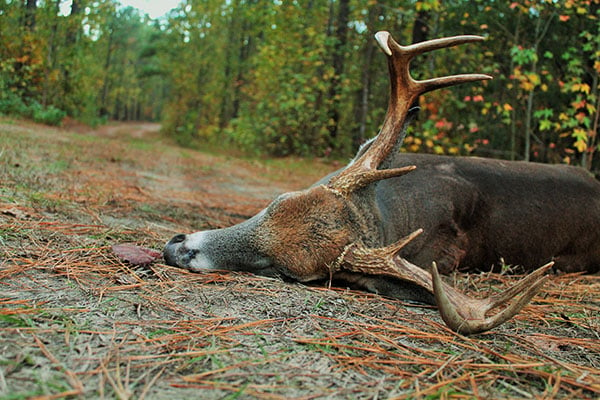
Last Updated on
By Pete Rogers
Whitetail deer – specifically whitetail bucks account for more hunters’ time, dollars and impact than any other game animal in North America. Some would argue that the whitetail deer is the most important game animal in North America. When you look at the resources poured into the hunting and killing of whitetail deer, it is hard to argue this position. Each January the Quality Deer Management Association publishes an annual “State of the Whitetail” report and its issue presents virtually any and all data anyone could ever want for studying whitetail deer.
Some interesting trends were cited in this report that when looked at on the surface can seem somewhat disturbing. Overall, harvest of whitetail bucks was down in 28 states. But the flip side of this information that may seem disturbing on the surface is that the overall harvest of 1 ½ year old bucks is down, while the overall harvest of 3 ½ year old bucks is up. This indicates that more hunters are passing on younger bucks in favor of more mature bucks. Some of the trends of allowing younger deer to mature seems to be taking hold across the nation.
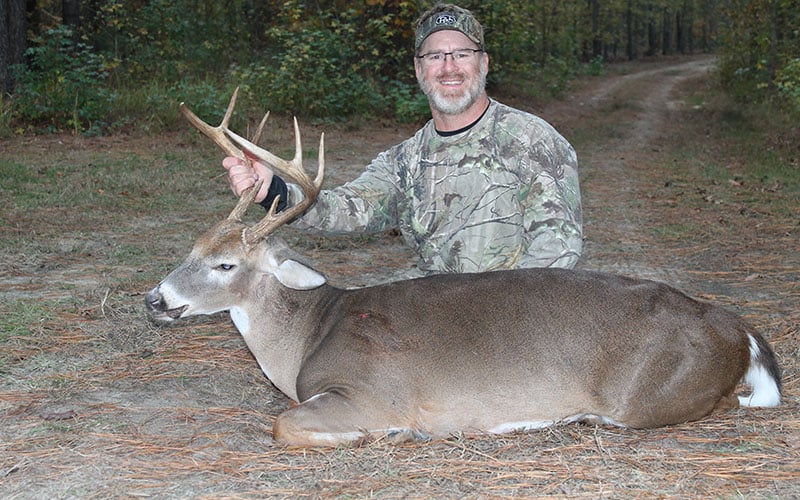
Other contributing factors are the diseases that have hit some of the Midwestern states pretty hard. Both CWD (Chronic Wasting Disease) and EHD (Epizootic hemorrhagic disease) have taken their toll on several populations across the whitetail deer range. In some instances, EHD has reduced herd numbers as much as twenty percent. Headlines out of Wyoming stated, “CWD alone kills nineteen percent of the deer herd annually.” If you have been impacted by either of these diseases you’ve see the results of fewer mature deer and fewer deer overall.
How does this affect hunters? In terms of kill ratios, as expected Texas led the nation again with over 300,000 bucks killed while Rhode Island had the least with less than a thousand. This is expected simply due to land mass. If you want a closer comparison, the national average of killing a buck for every 1.5 miles is a good place to start. When looking for places to hunt, look for deer density and percentages of mature bucks being killed. For simply killing deer, the small state of South Carolina leads the list with 3.3 bucks per square miles while Nebraska and North Dakota are at the opposite extreme with 0.3 bucks per square mile. But if you are looking for trophy quality deer, neither of the latter should be overlooked. When looking for places to hunt for quality deer, don’t look at the places with high deer density. Rather hunters should focus their attention on the areas where more mature deer are being killed. By and large this is the Midwest and a few western states.
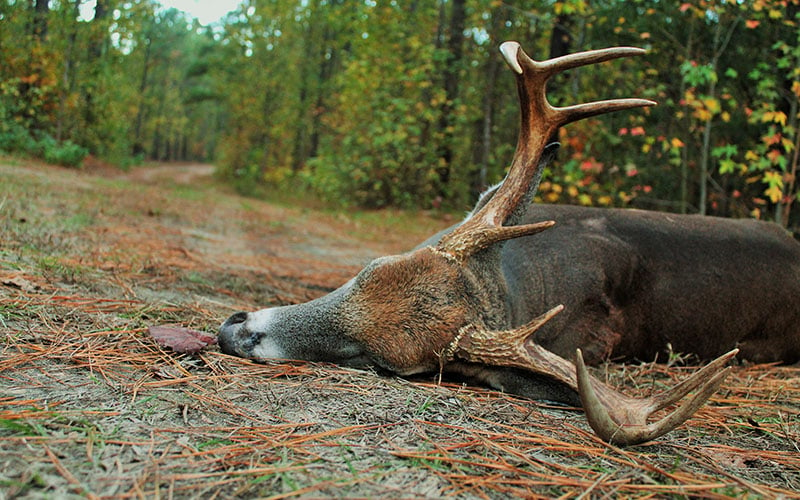
Overall the national average for bucks over 3 ½ years old is at 35%, which is the highest ever recorded. Several states are increasing in this category, while others are holding about the same. One question that rises is what is the correlation to mature buck harvest or the number of bucks harvested compared to bag limits? In other words, it would seem that the states that allow the killing of only one buck a season would have older deer being taken. This is because hunters would likely hold out for a trophy. But the opposite seems to be the case. In states where there are no antler restrictions, those states with liberal bag limits lead the way in bucks over 3 ½ years of age. Mississippi, Arkansas, Louisiana, Texas and Oklahoma lead the way in bucks killed over mature age classes. While those states with low bag limits of one or two lead the way in younger deer being killed. New York, Wisconsin, Maine, and Maryland lead the way in yearling bucks being taken.
When it comes to weapon types this too can be a bit misleading. Many states have very long archery seasons and relatively short firearm seasons. Conversely, some states do not have separate seasons over much of their areas. South Carolina which leads the nation with 89% of its deer being killed with either a shotgun or rifle this is most likely due to the early firearm season and lack of archery season in much of the state. Conversely, states with high archery kills have extremely short or absent firearm seasons contributing to the skewed numbers. This being said, firearms still outpace other weapons when it comes to hunter choice while pursuing whitetail deer. With centerfire rifles reigning well ahead of shotguns.
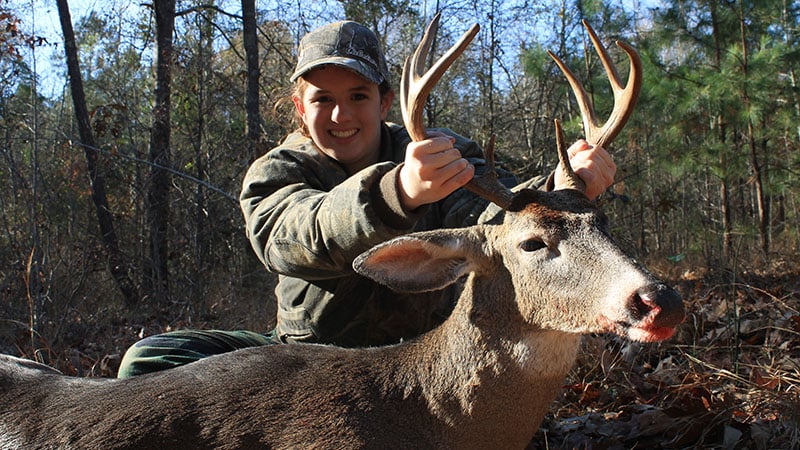
Methods of successfully killing mature whitetails is really dependent on where you hunt. In most of the territory that whitetails call home, the elevated stand rules. Whether it is a climbing treestand, lock on stand, ladder or a freestanding platform, the elevated hunting position is dominate over stalking or spot and stalking. It is simply easier to kill deer when hunting elevated.
One of the good notes for hunting whitetail deer is access. While many states have different numbers of acreage, across the country there are over 50 million acres of state owned land open to public hunting. In the southeast, Florida leads the way with state owned land open to hunting with almost 6 million acres, followed by Oklahoma and Tennessee. In the Northeast New York and Pennsylvania lead the way with 4 million acres each followed by Maryland at just below a million acres. The Midwest is dominated by Wisconsin, Michigan and Minnesota with 7 million, and 4 million each for the latter. Suffice to say there is plenty of land available for someone wanting to hunt deer in North America.
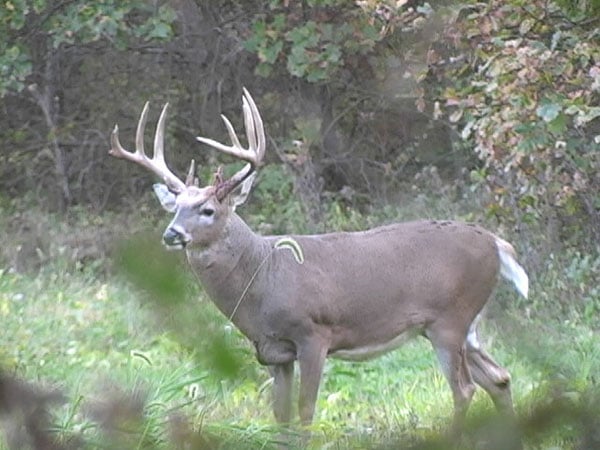
In my neck of the woods, it is often said that it is too dangerous to hunt on public ground because of some rogue hunters that make it dangerous. Let me offer a word of advice here. Most if not all rogue hunters, and there are some, are lazy and opportunist. They are not going to work hard for a buck or any deer. Get off of the road, get as far back into a public property as you can possibly get. Scout during the off season and look for remote hideouts.
Many years ago when I hunted public land exclusively, I got into a stand two hours before daylight. I walked far back along old logging roads and got to a creek I had scouted. It would take me a full hour of walking and I knew I needed to get there at least two hours before daylight. As the sun was beginning to rise, I could hear hunters entering the woods several hundred yards behind me. A few minutes later, a nice eight point buck appeared from a thicket, sneaking away from the hunters entering the woods. They pushed him right to me. A quick shot from my 12 gauge set him down for good. I used the movement of the other hunters to get my buck. It takes a bit more work, but if the effort is rewarded with a nice buck, it’s worth it.
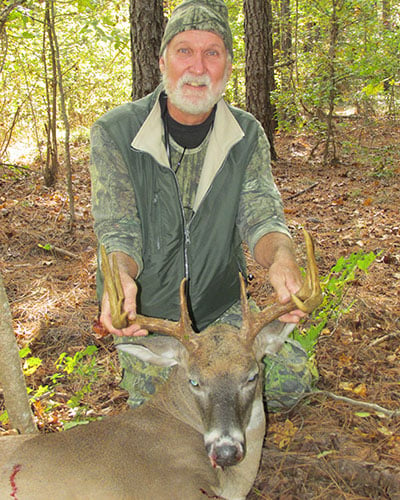
Overall the forecast for deer in North America is not as good as it was several years ago. Whitetail deer remain the most popular game animal in North America and conditions are ripe for a resurgence in the population. As hunters learn more about the animal, and become better stewards of the resource, the quantity and quality of the deer hunting will increase.




Leave a Reply